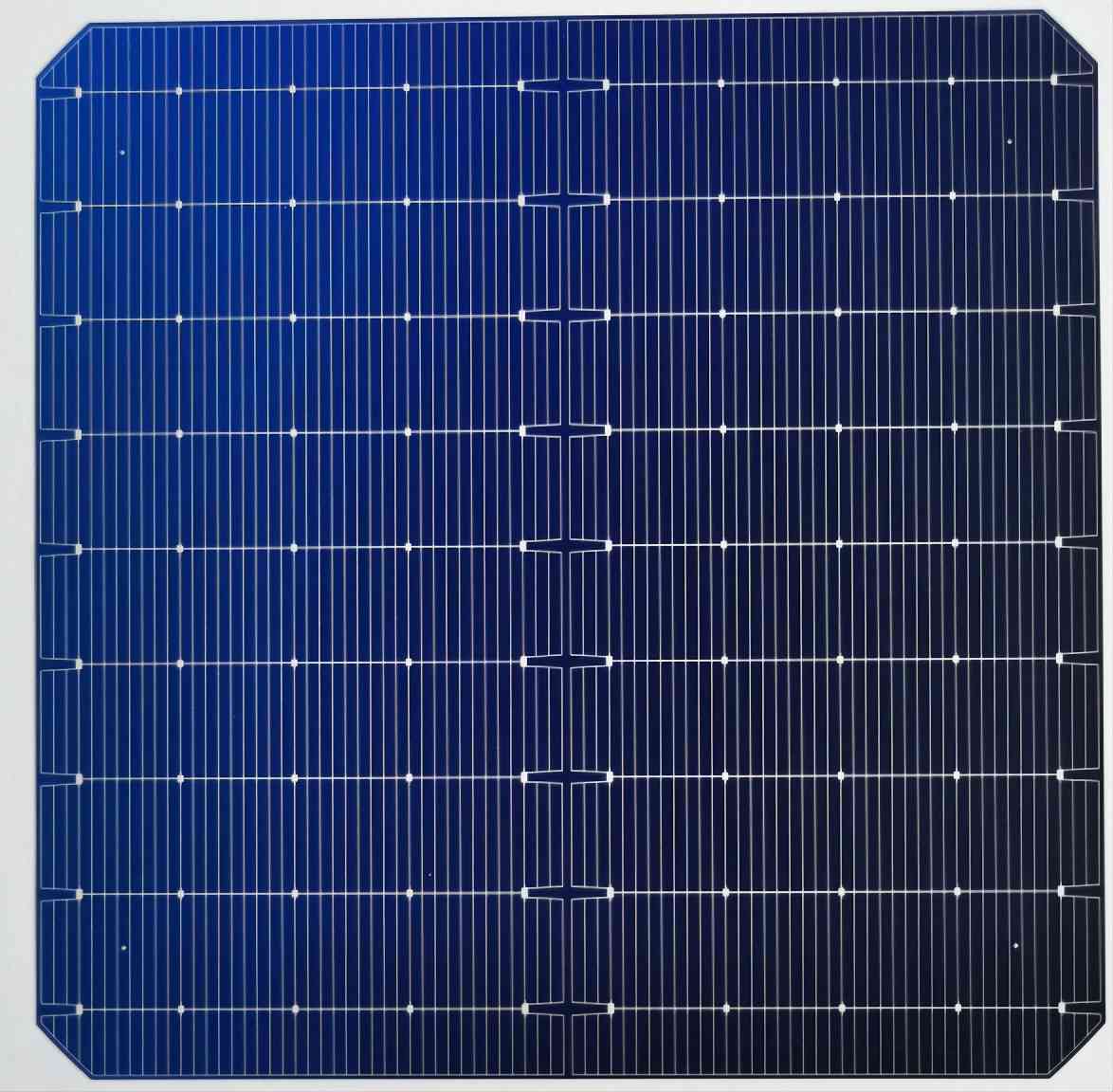Advantage:
1. The process flow is short. The HJT solar cell process mainly includes four links: texturing, amorphous silicon deposition, TCO deposition, and screen printing, which is much less than that of PERC (10) and TOPCON (12-13). Among them, the PECVD method is mainly used for amorphous silicon deposition. There are currently two methods for TCO thin film deposition: RPD (Reactive Plasma Deposition) and PVD (Physicochemical Meteorological Deposition). Sumitomo Heavy Industries owns the patent for RPD, and PVD technology is mature, and there are many manufacturers that provide equipment.
2. High conversion efficiency. This is mainly due to the double passivation effect of N-type silicon substrates and amorphous silicon on substrate surface defects. At present, the mass production efficiency is generally above 24%, and the technical route of more than 25% has been very clear, that is, the use of doped nanocrystalline silicon, doped microcrystalline silicon, doped microcrystalline silicon oxide, doped microcrystalline silicon carbide on the front and rear surfaces to replace the existing doping, and the conversion efficiency of HJT superimposed IBC and perovskite may be increased to more than 30% in the future
3. No LID and PID, low attenuation. Since the substrate of HJT solar cells is usually N-type monocrystalline silicon, and N-type monocrystalline silicon is phosphorus-doped, there is no boron-oxygen composite and boron-iron composite in P-type crystalline silicon, so HJT solar cells are immune to the LID effect. The surface of the HJT solar cell is deposited with a TCO film, and there is no insulating layer, so there is no chance of the surface layer being charged, and the occurrence of PID is avoided from the structure. The attenuation of HJT solar cells is 1-2% in the first year, and 0.25% per year thereafter, which is much lower than the attenuation of gallium-doped wafers in PERC solar cells (2% in the first year and 0.45% per year thereafter), so the power generation per W in the whole life cycle of HJT solar cells is about 1.9%-2.9% higher than that of bifacial PERC solar cells.
4. Low temperature coefficient and high power generation. The power temperature coefficient of HJT solar cells is typically –0.25 to 0.2%/°C, which is lower than the -0.45%/°C to -0.35%/°C for conventional and PERC solar cells. The low temperature coefficient of HJT means that the HJT solar cell has relatively high power generation performance in the high-temperature operation environment of the module, so as to achieve power generation gain and reduce the LCOE of the system. If the operating temperature of the solar cell exceeds the ambient temperature by 10-40°C, and the annual average ambient temperature is 5-10°C lower than the standard operating conditions in the laboratory, the power generation per W of HJT solar cells is about 0.6%-3.9% higher than that of bifacial PERC solar cells.
5. High bifaciality. The front and back sides of HJT have a symmetrical structure, and the TCO film is transparent, which is naturally a bifacial solar cell, and the bifaciality of HJT can reach more than 90% (up to 98%), and the bifaciality of bifacial PERC is only 75%+. According to solarzoom's calculations, considering the difference of 10%-20% of the backside irradiation and the bifaciality of the solar cell, the power generation per watt of HJT solarcells is about 2%-4% higher than that of bifacial PERC solar cells.
6. Low light effect. The N-type monocrystalline silicon wafer is used for HIT solarcells, while the P-type monocrystalline silicon wafer is used for PERC solarcells, and the power generation performance of N-type is about 1%-2% higher than that of P-type under the irradiation intensity below 600W/m, and the power generation per W of HJT solar cells is about 0.5-1.0% higher than that of bifacial PERC solar cells due to the weak light effect.
In summary, the power generation per W of bifacial HJT solar cells is significantly higher than that of bifacial PERC solar cells in the whole life cycle, and the relative advantage is about 7%.
HJT: Industrialization Progress – Economy
At present, the high cost is an important factor limiting the large-scale industrialization of HJT technology.
1. HJT and PERC process routes are completely different, can not be extended, can only be put into new production lines, and HJT is not compatible with mainstream PERC production equipment, so the investment in PECVD and other film making and vacuum equipment will bring higher conversion costs to enterprises.
2. HJT solarcell cost structure: silicon wafer cost, non-silicon materials (silver paste, target, gas and chemicals, etc.), equipment depreciation, other manufacturing expenses (including labor and power costs), etc.
The high cost of HJT solar cells is mainly reflected in the paste, target and equipment links. 1) Because the conductivity of the low-temperature silver paste required by HJT is relatively weak, and the welding tensile force is low, the consumption is large, and the localization rate of low-temperature silver paste is low, so that its price is currently significantly higher than that of high-temperature silver paste. 2) HJT requires additional deposition of transparent conductive layers, and the price of targets such as ITO (PVD route) or IWO (RPD route) is high. 3) HJT equipment investment is high. At present, the investment amount of HJT equipment is 4~450 million yuan/GW, which is more than twice that of PERC (about 150~200 million yuan/GW).
